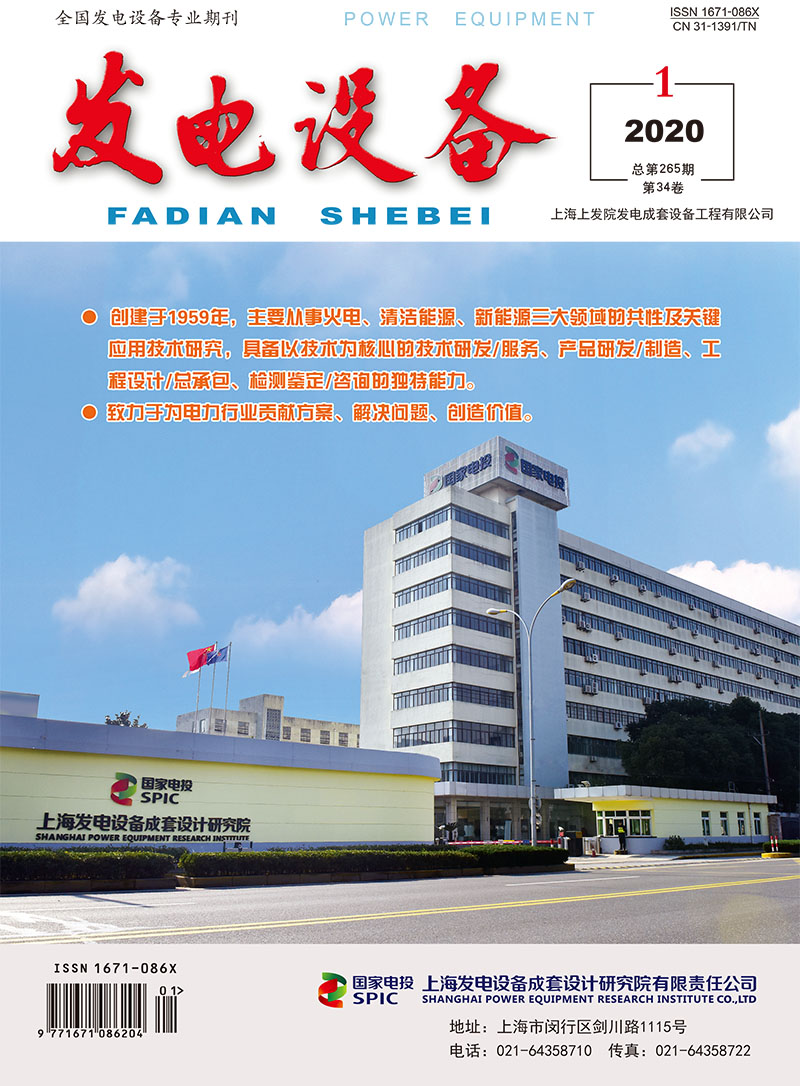Xu Jiamin, Liu Wangkou, Lin Runda
A five-stage single-channel model was established for the low-pressure cylinder of the steam turbine in a power plant, based on which, multi-case calculations and analyses were conducted using numerical simulation to obtain the flow field distribution and the last-stage blade temperature at five different inlet and outlet parameters, and to analyze the effects of following factors on the flow field distribution and the last-stage blade temperature, such as the inlet steam flow, the inlet steam specific volume, the inlet steam temperature and the outlet steam pressure of the low-pressure cylinder, etc. Results show that under the condition of small flow, reflux first appears in the outlet area near the root of last-stage blade, and the highest temperature of last-stage blade appears near the exit edge in the top area of stator blade; the smaller the inlet flow is, the more serious the reflux will be, resulting in more obvious blast effect and higher surface temperature of the blade. Increasing the inlet specific volume has little effect on the reduction of flow separation, while reducing the inlet steam temperature and outlet steam pressure of low-pressure cylinder would be beneficial to the reduction of the surface temperature of last-stage blade and the improvement of the blast effect.
